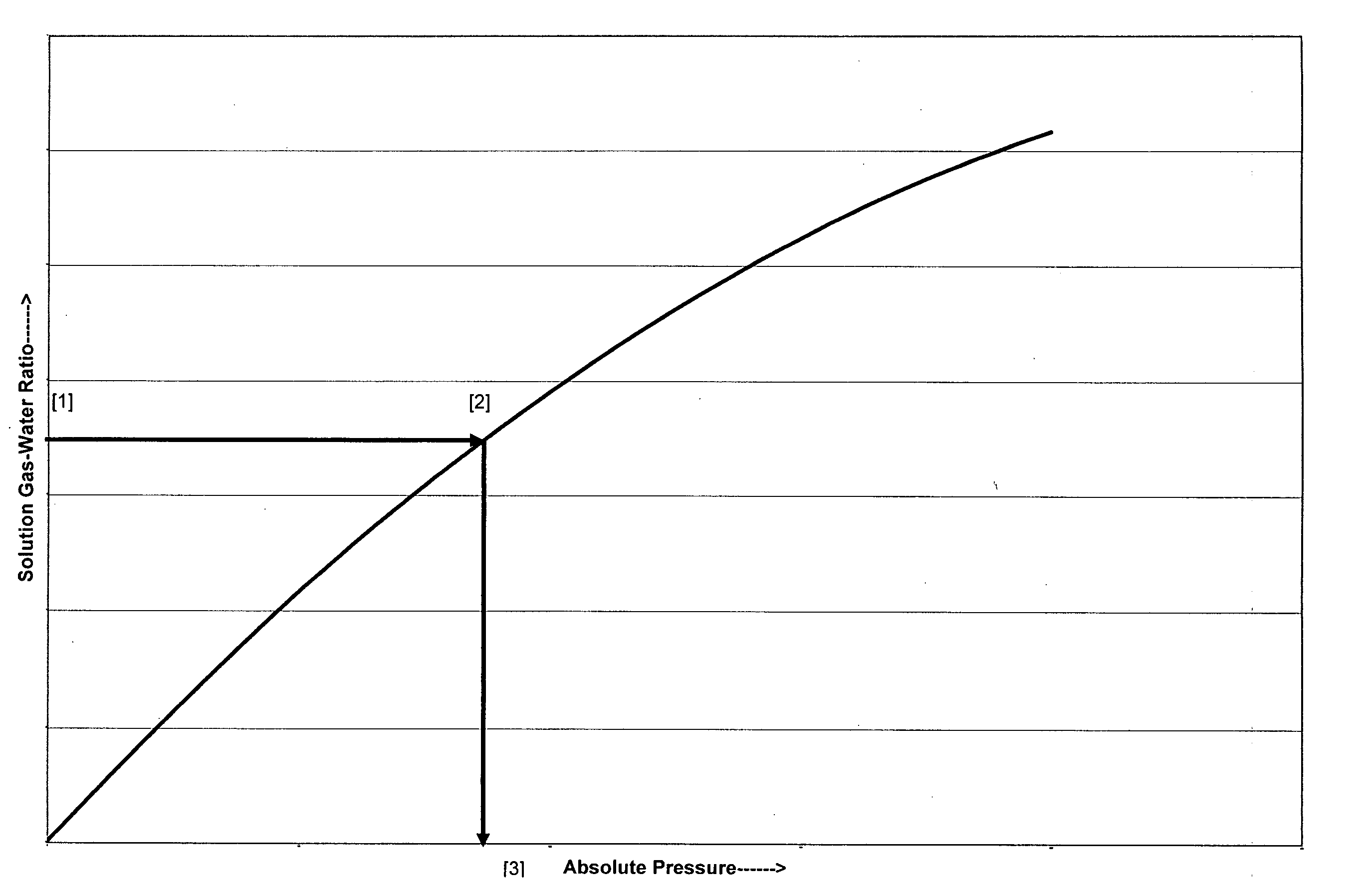Unfortunately, some of the undersaturated CBM reservoirs may never produce commercial quantities of coalbed methane.
This technique is typically expensive, and can require specialized drilling equipment and personnel.
Additional expense may be incurred when the core samples are sent to commercial or private laboratories for analysis.
The results of such core analyses are not immediately available, sometimes taking months of desorption time.
Also, because core analysis may be too expensive for a large amount of sampling to be taken from a particular well, samples, hoped to be representative, are often selected.
Consequently, there is the potential problem of the core samples not being representative of the formation even nearby the well from which the core was cut; and there is an additional problem of how representative the samples will be of the formation at some distance from the well.
It is typically neither economically practical nor timely to have every well cored and analyzed.
The results from a sample of the coal itself, perhaps from the coring process, can also be very inconsistent from what is ultimately observed during production.
This can involve tedious and expensive laboratory processes.
Unfortunately, the value of CDP determined by the laboratories, too frequently, has been grossly in error from what was ultimately observed when the wells were produced.
Some of the analyses indicate that the gas contents exceed the storage capacities of the coals at reservoir pressure, something that appears to defy an adequate physical explanation.
In summary, coal sampling, coring, and subsequent core analyses as described above may lead to results that are not only time consuming and expensive to obtain, but also they can be highly questionable and frequently inconsistent when used for individualized analysis.
Even from such a relatively large number of samples, and ignoring the cost challenges to achieve such data, this effort highlights the challenges in a coal sampling approach because uncertainty in the data still exists.
Another problem under traditional analysis can, and does, occur in some undersaturated CBM reservoirs when one tries to demonstrate, perhaps through individual testing or small-scale pilots of several adjacent wells, that the well(s) will ultimately produce commercial quantities of CBM.
A long and uncertain dewatering period, even under the best of circumstances, may be required before any commercial quantities of CBM are produced.
This can lead to long periods of evaluation time.
In some areas where there is high permeability and strong aquifer support, such as can be the case in the PRB, one well cannot draw down the pressure sufficiently to ever reach the CDP in any sort of practical or economic time frame.
In response to this problem and in an effort to evaluate their leases, most operators have drilled costly (multi-million dollar) multiple-well pilots in an effort to cause interference between wells so that these wells, in combination, can draw the pressure down sufficiently to reach the CDP by exceeding the water influx into the pilot area.
Some of these pilots have been successful in the PRB, but some of the pilots have been dewatering for over three years without yet producing commercial quantities of CBM.
This dewatering is done at considerable cost of equipment and power to pump wells, at a financial cost of deferred revenues and with the uncertainty that the ultimate resource to be found may not be sufficient to be profitable.
Some have even tried to quantify results (Donovan, 2001), but these techniques can leave much to be desired and problems can exist because the system is not usually closed, thus allowing unmeasured gas to escape.
Finally, such techniques provide, at best, an estimate for gas content of the coal and do not provide the practical accuracies desired, neither do these techniques provide an estimate for CDP.
These techniques can be fraught with problems, some of which are: 1) if a pump is used in the well, its capacity may not be sufficient to draw the well down in a practical testing time frame to determine when gas starts being produced; 2) as the liquid level drops in the well, air may be pulled into the casing from the surface, if the casing is open at the surface, because the pressure in the casing will likely be lower than the atmospheric pressure at the surface, or if the casing is isolated from atmospheric pressure (e.g., shut in) a vacuum may be drawn on the well and a negative gauge pressure (in this document gauge pressure will refer to measurement of pressure above atmospheric pressure where zero gauge pressure would correspond to atmospheric pressure) may result until there is sufficient release of gas from the coal to overcome the vacuum being drawn by the falling liquid level; and 3) by the time the pressure is drawn down sufficiently to see gas production at the surface, the reservoir may already be affected by two-phase flow that may lead to complications in interpretation.
This can also produce results inconsistent with later production history.
 Login to View More
Login to View More  Login to View More
Login to View More 


